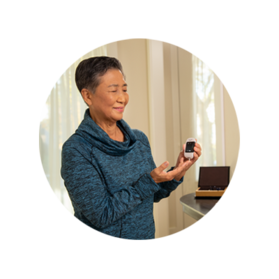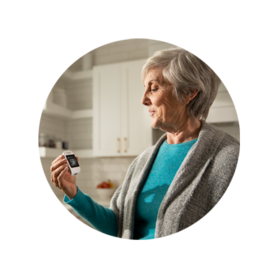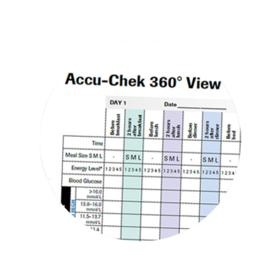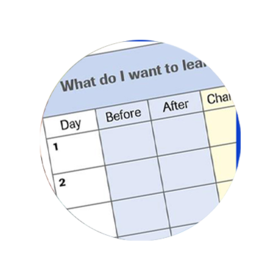Meaningful Monitoring for type 2 diabetes
You may have heard the phrase “Meaningful Monitoring” but what does it actually mean?
Meaningful Monitoring is carrying out blood glucose monitoring in a purposeful way. You may have also heard it referred to as structured blood glucose monitoring. Checking your blood glucose for the sake of it won’t help you manage your type 2 diabetes, it is only when you do something with the information that what you have done becomes meaningful.
There are many examples of blood glucose monitoring with purpose, things like; checking before and after meals to see how foods impact your blood glucose, or monitoring around exercise to see how you may need to adjust your carb intake. Doing this can help you and your healthcare team establish if your diabetes regimen is working for you, or whether any adjustments need to be made.
We have worked to produce a series of videos to help you understand blood glucose monitoring, why it’s needed, how it’s done and what to do with the information to manage type 2 diabetes. Watch the full series below.
What can I use to help monitor and log my diabetes data?
There are a few tools that you can use to help you establish a checking routine and spot patterns. Using a structured way of checking blood glucose (for example, seven times a day for three consecutive days) can help you reduce your HbA1c and have more meaningful conversations with your healthcare professional during your diabetes appointments1,2. You can do this by checking before and after each meal, and once before going to bed.
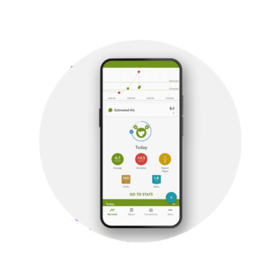
mySugr® app*
The mySugr app connects to your Accu-Chek meter for quick and easy logging of meals, diet, medications, carbohydrates, blood glucose levels and more.
Find out more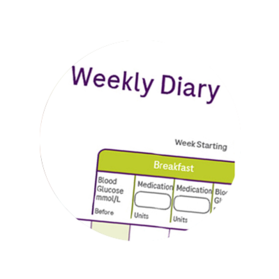
Accu-Chek Weekly Diaries
If you prefer a paper tool, use these diary templates to record your blood glucose measurements, your medical doses and any comments you want to keep.
Find out more* The mySugr Bolus Calculator is licensed for people with diabetes over the age of 18 years. The mySugr logbook is licensed for people with diabetes over the age of 16 years. Users will need to be at least 18 years old to register.
1. Lalic N, Tankova T, Amann-Zalan I. Use of structured self-monitoring of blood glucose improves glycaemic control in real-world clinical practice: findings from a multinational and retrospectively controlled trial. Journal of Diabetes Science and Technology. 2013;7(1):285-6.
2. Weissmann J et al, Improving the Quality of Outpatient Diabetes Care Using an Information Management System: Results From the Observational VISION Study, Journal of Diabetes Science and Technology 2016; 10(1): 76-84
The content is provided for general information only. It is not intended to amount to advice on which you should rely – you must obtain professional or specialist advice before taking, or refraining from, any action on the basis of the content. Although we make reasonable efforts to ensure that the content is up to date, we make no representations, warranties or guarantees, whether express or implied, that the content is accurate, complete or up-to-date.

